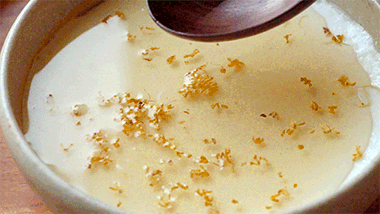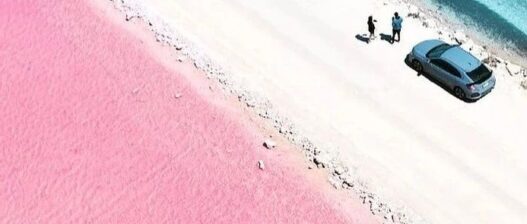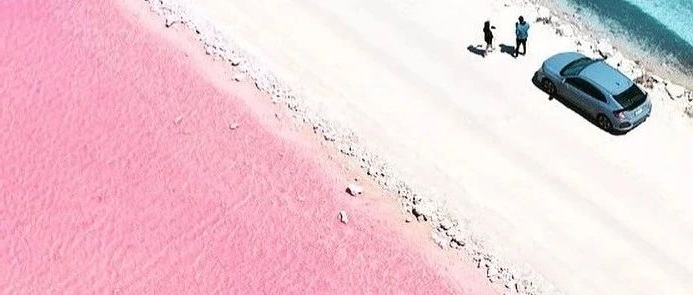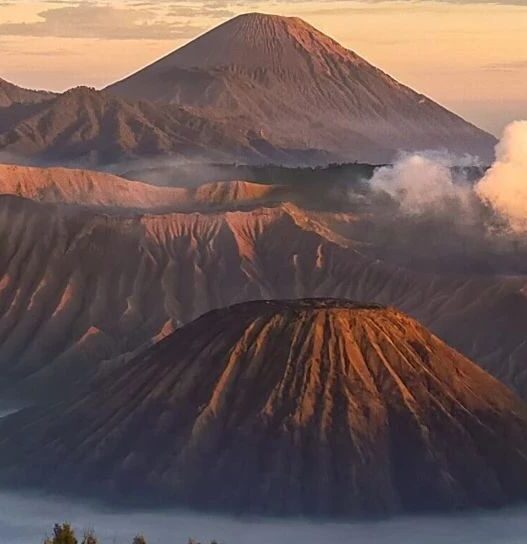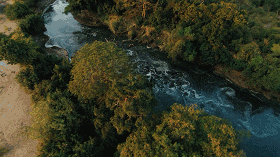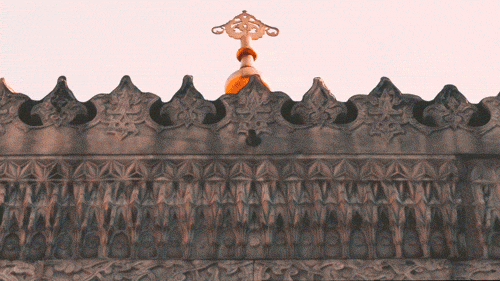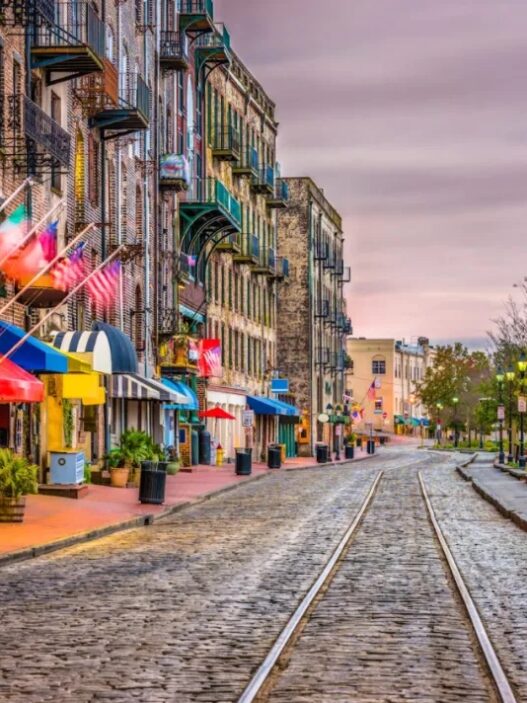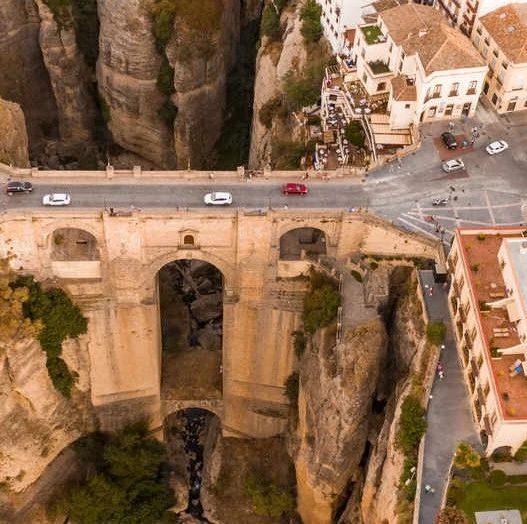Lakes are typically associated with shades of blue or green, but scattered across the globe are mesmerizing pink lakes that seem almost otherworldly. These natural wonders, painted in shades of blush and rose, captivate travelers, photographers, and nature enthusiasts alike. Their unique hues, caused by a combination of salt, algae, and microorganisms, create breathtaking landscapes that feel straight out of a dream.
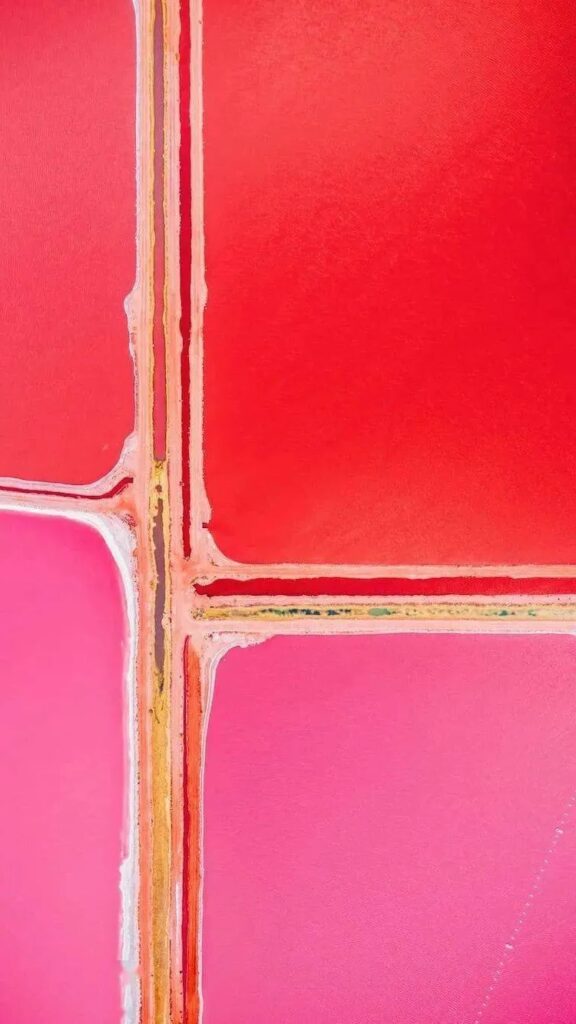
Why Are Some Lakes Pink?
The striking pink hues of these lakes are due to the presence of Dunaliella salina, a type of algae that thrives in high-salinity environments and produces red pigments. In some cases, halophilic bacteria and minerals also contribute to the lake’s unusual color. The intensity of the pink varies depending on the time of year, weather conditions, and salt concentration.
Must-Visit Pink Lakes Around the World
Lake Hillier (Australia)
Located on Middle Island off the coast of Western Australia, Lake Hillier is one of the most famous pink lakes in the world. Its bubblegum-pink color remains vibrant year-round, creating a striking contrast against the deep blue of the surrounding ocean. Unlike many other pink lakes, its color is permanent and does not change with weather conditions.
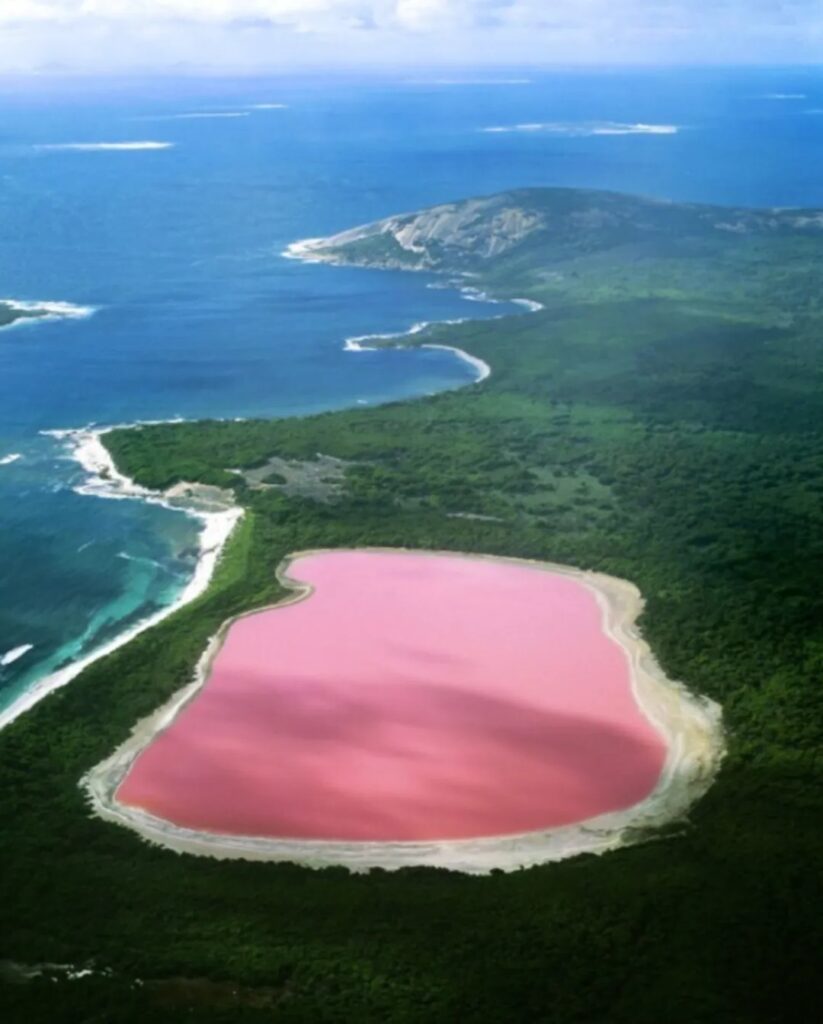
Las Salinas de Torrevieja (Spain)
Nestled in Torrevieja in southeastern Spain, this picturesque pink salt lake is a natural masterpiece. With a high salt concentration, it supports a unique ecosystem and attracts flamingos, making it a dream location for wildlife lovers. The best time to visit is during summer when the lake’s pink hues are at their most vivid.
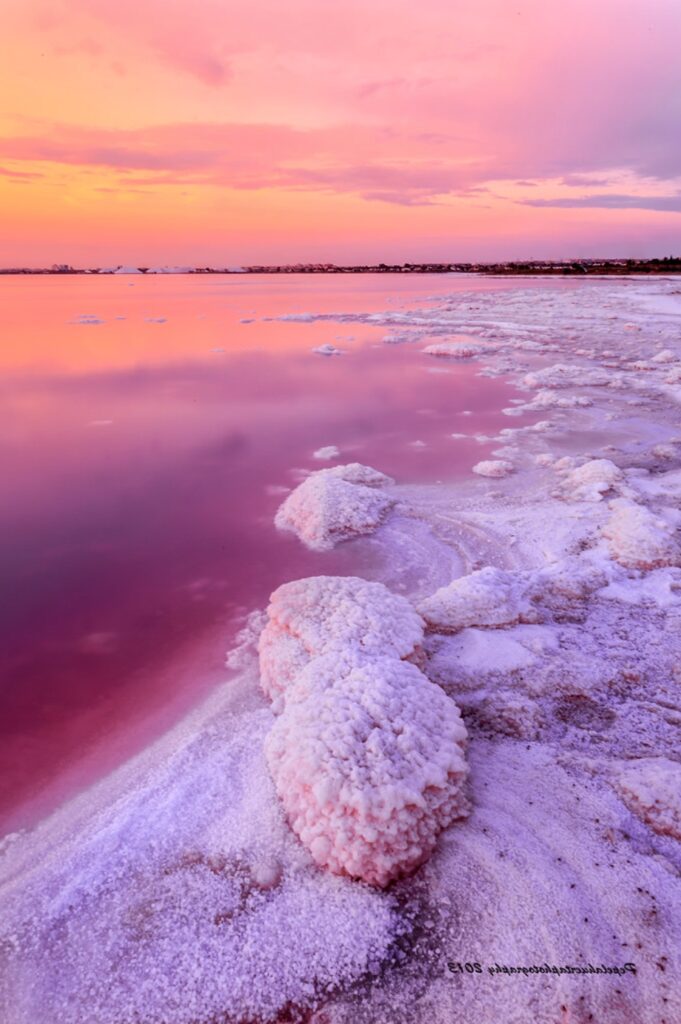
Lake Retba (Senegal)
Known as Lac Rose, this Senegalese lake lies northeast of Dakar. Due to its high salinity, similar to the Dead Sea, visitors can float effortlessly on its surface. The lake’s pink hue is most intense during the dry season (November to June), when sunlight and evaporation increase its salt concentration.
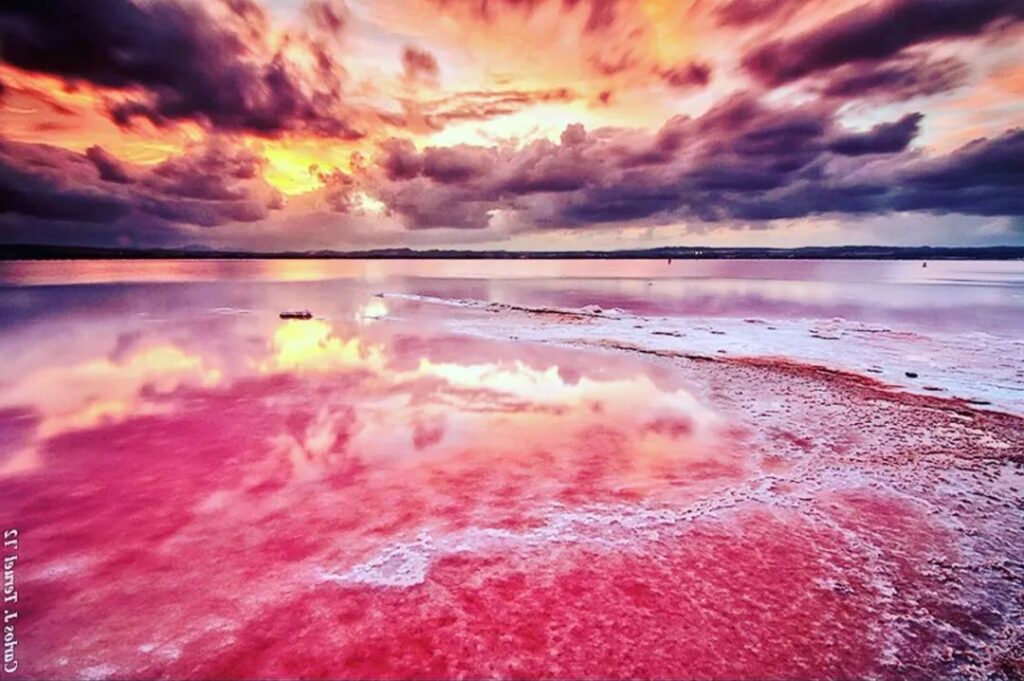
Lake MacDonnell (Australia)
Another Australian gem, Lake MacDonnell, is one of the country’s most vibrant pink lakes. Located near Penong in South Australia, it’s famous for its dramatic color contrast, with one side of the road appearing pink and the other a deep blue.
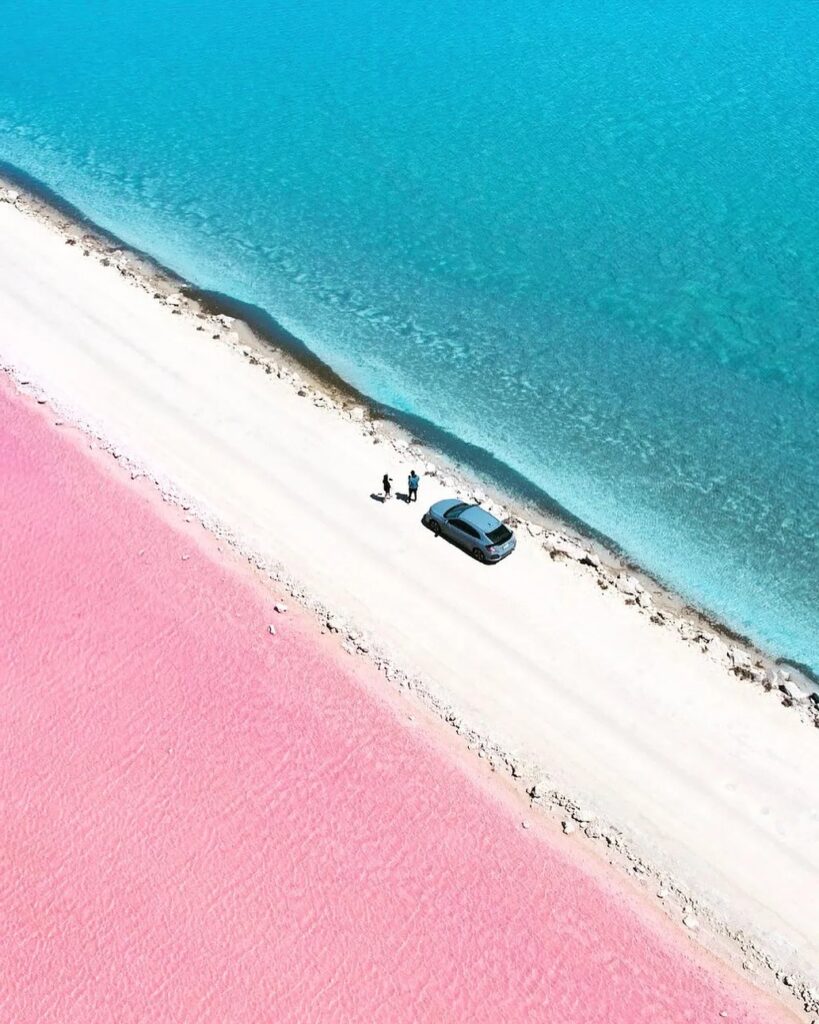
Hutt Lagoon (Australia)
Found near Port Gregory, Hutt Lagoon is a vast pink lake that changes hues depending on sunlight and time of day. The lake’s pink and red shades have made it a popular backdrop for photographers and travel influencers.
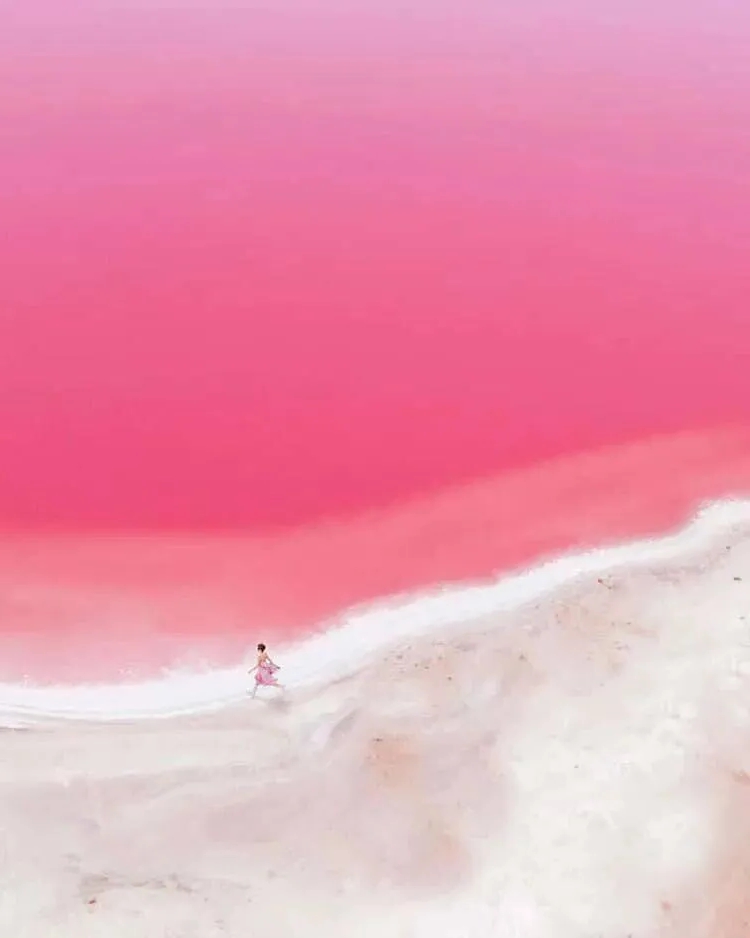
Lake Natron (Tanzania)
This eerie lake in Tanzania is famous not only for its deep red-pink color but also for its extreme alkalinity. Due to its harsh conditions, few species can survive here, but it is a vital breeding ground for lesser flamingos.
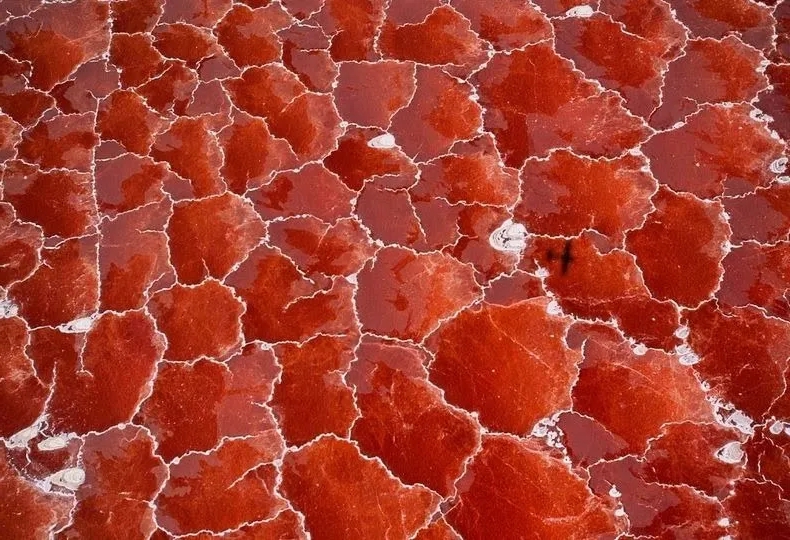
The Yucatán Pink Lakes (Mexico)
Situated on the Yucatán Peninsula, Las Coloradas is a stunning pink lagoon. The high salt content and microorganisms give it a vivid pink hue, and the shallow, reflective waters make it a magical sight, especially at sunset.
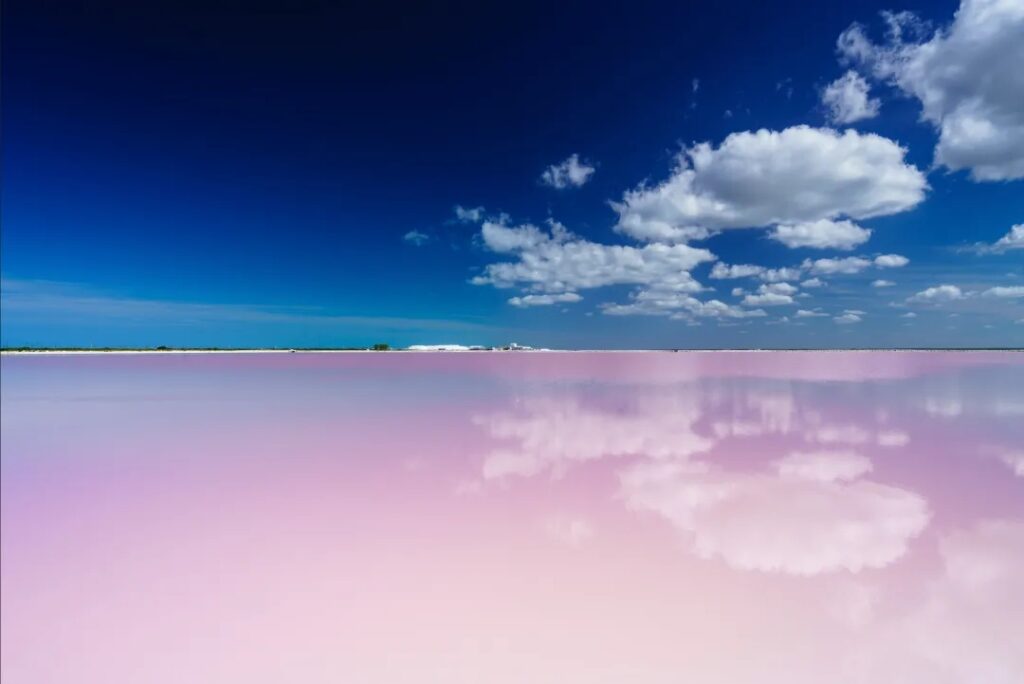
Masazir Lake (Azerbaijan)
Azerbaijan’s Masazir Lake, located near Baku, is a rare pink lake known for its striking color and rich salt deposits. While swimming is not permitted, visitors can still marvel at its beauty from the shore.
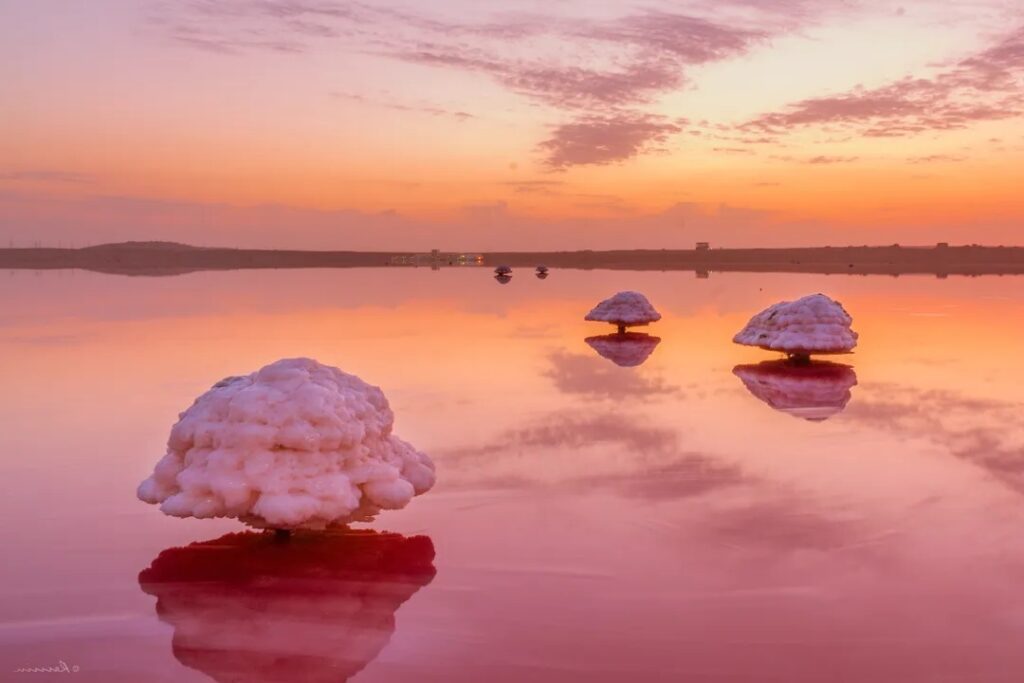
Lonar Lake (India)
Unlike other pink lakes, Lonar Lake is a meteorite crater lake in Maharashtra. It occasionally turns pink due to algae blooms, creating a stunning but temporary transformation.
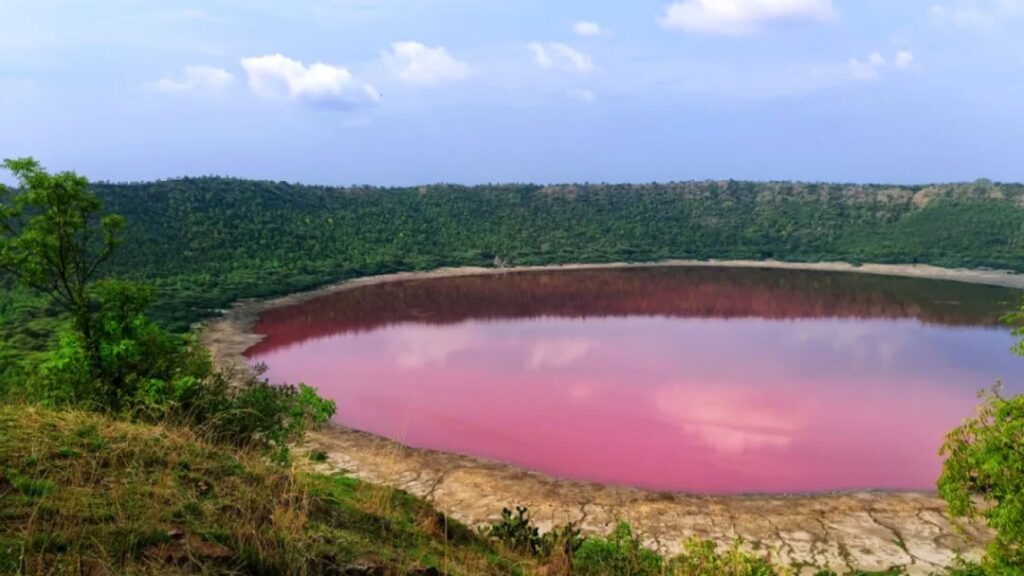
Best Time to Visit a Pink Lake
Dry seasons (late spring to early autumn) usually bring out the most intense colors.
Midday to early afternoon provides the best lighting for photography.
Aerial views (drones or flights) offer breathtaking perspectives of these unique lakes.
Travel Tips
Respect local guidelines – Some pink lakes are protected and swimming is prohibited.
Wear sun protection – Many of these lakes are in hot, arid regions.
Bring a camera – The surreal pink hues are best captured in natural daylight.
Stay hydrated – High salt concentrations can make the surrounding air dry and dehydrating.





